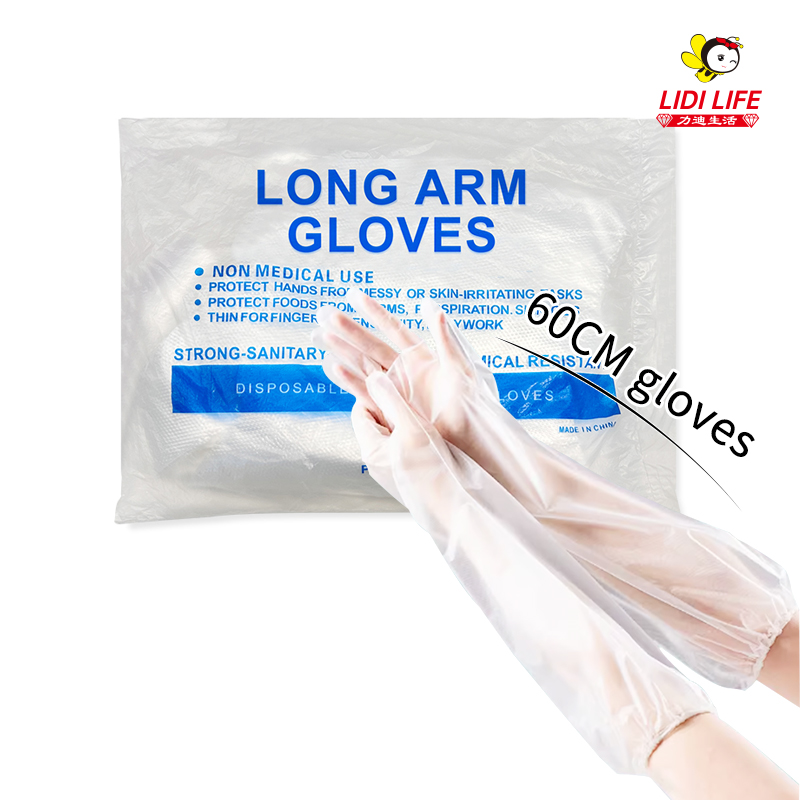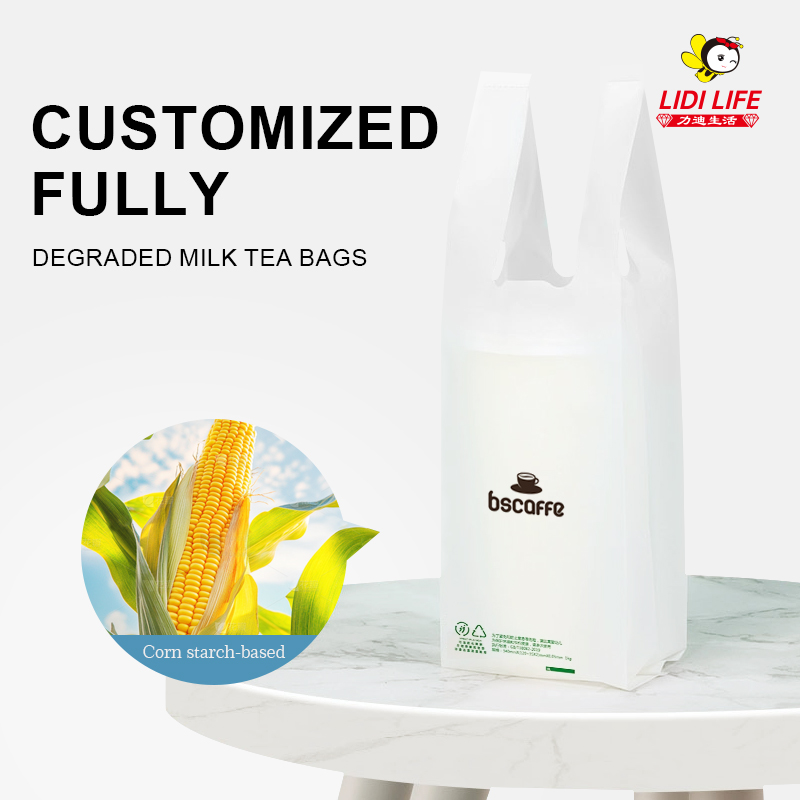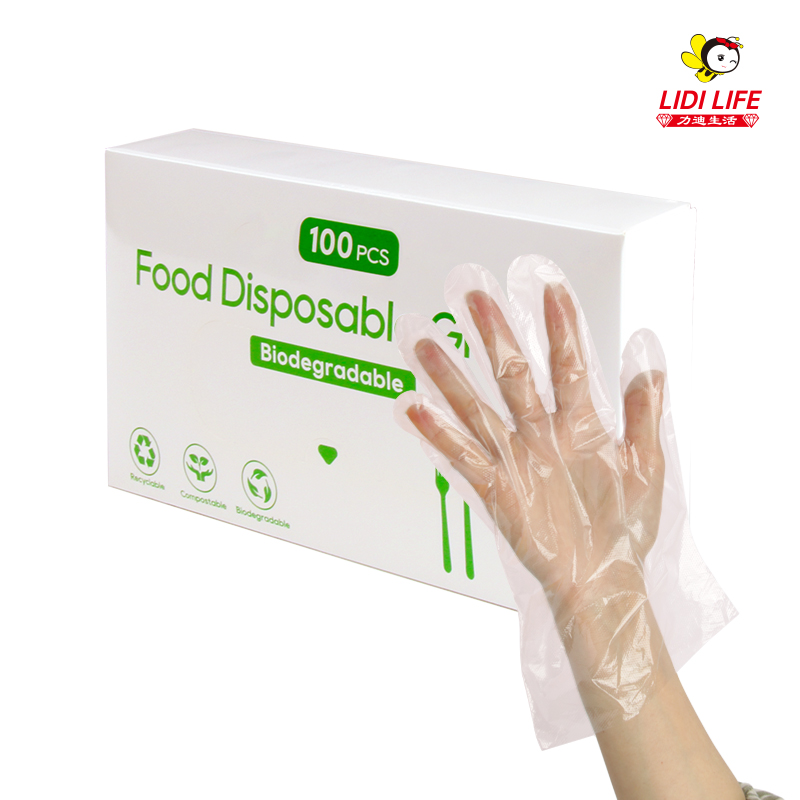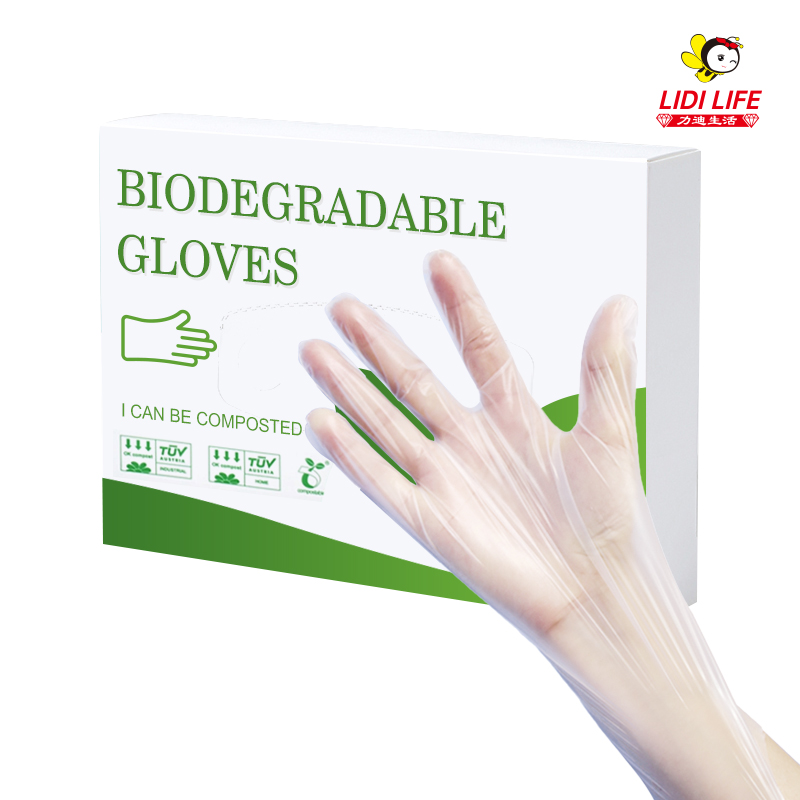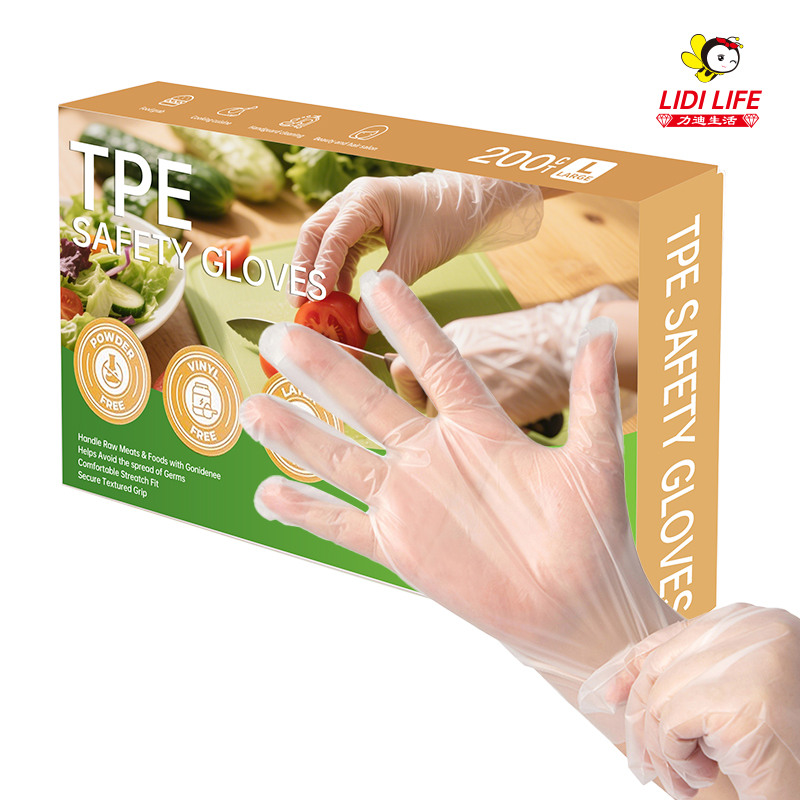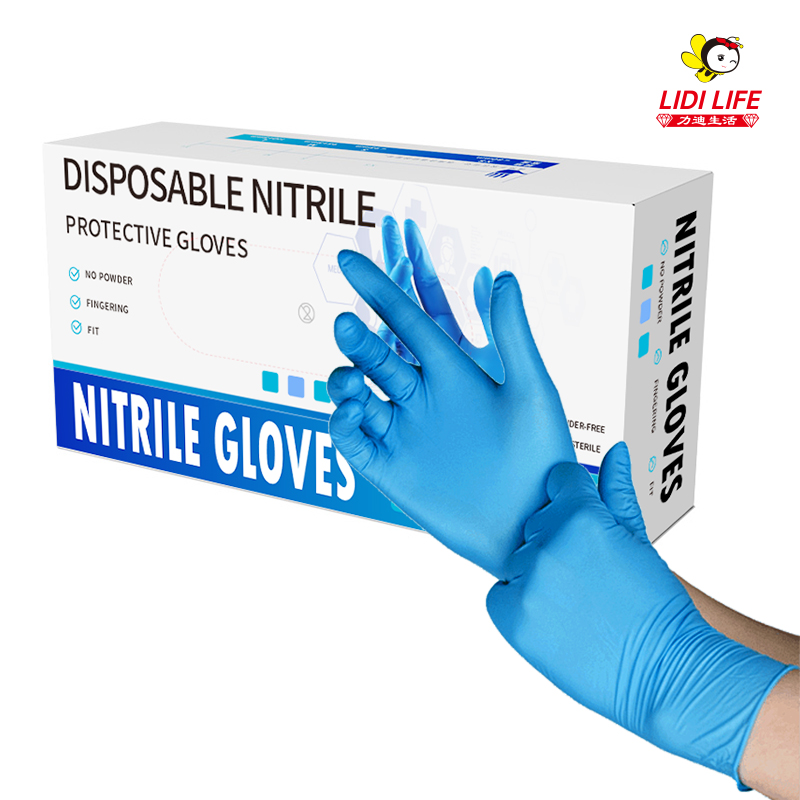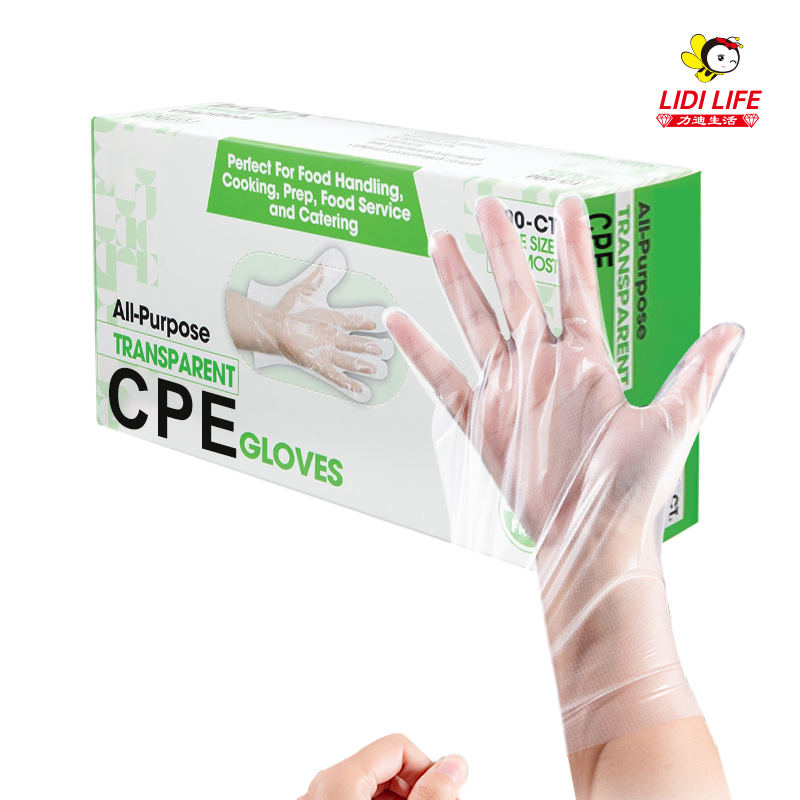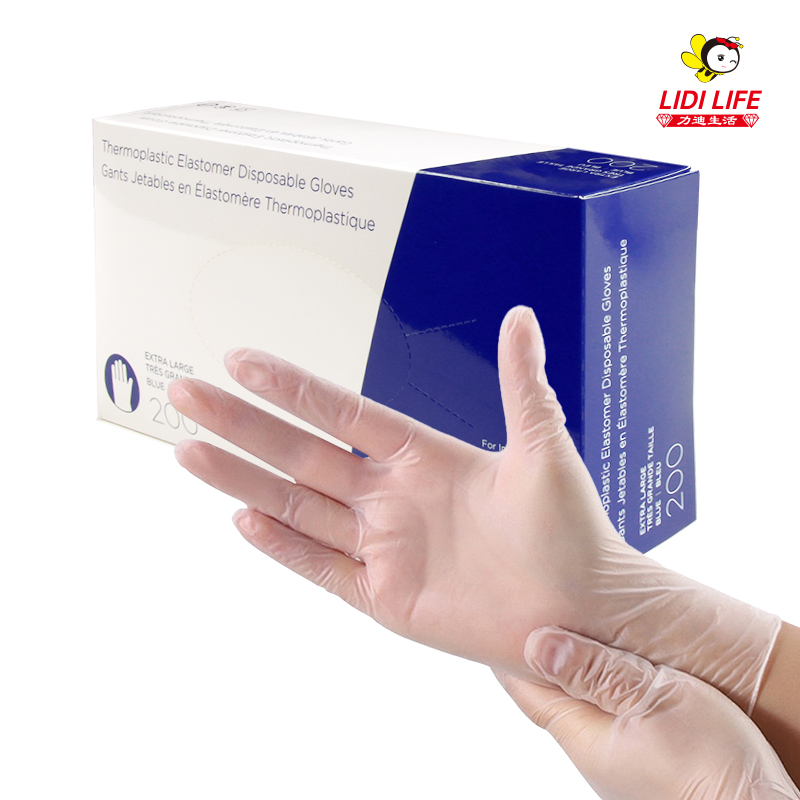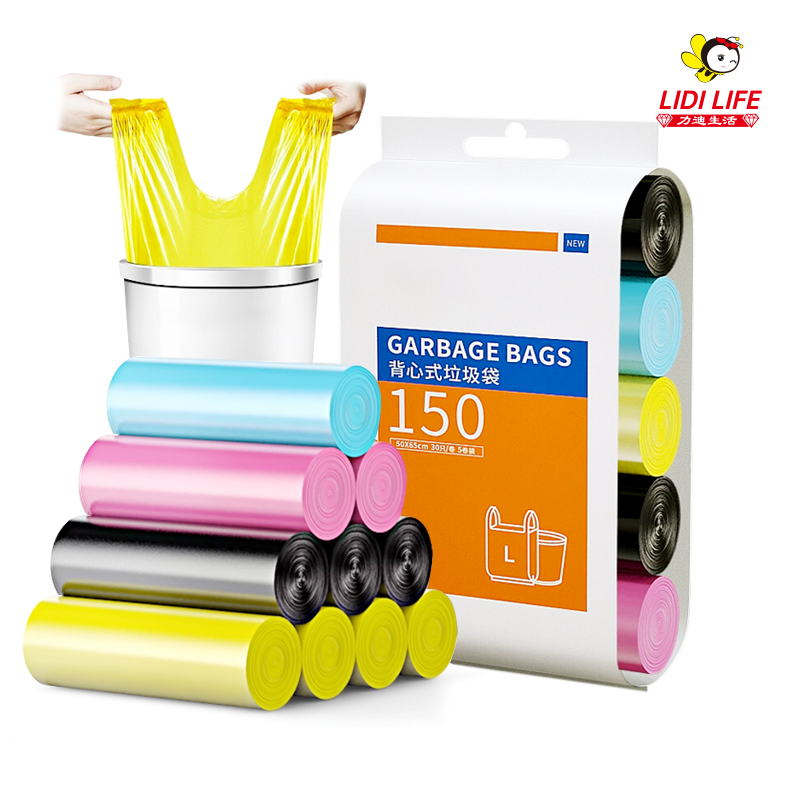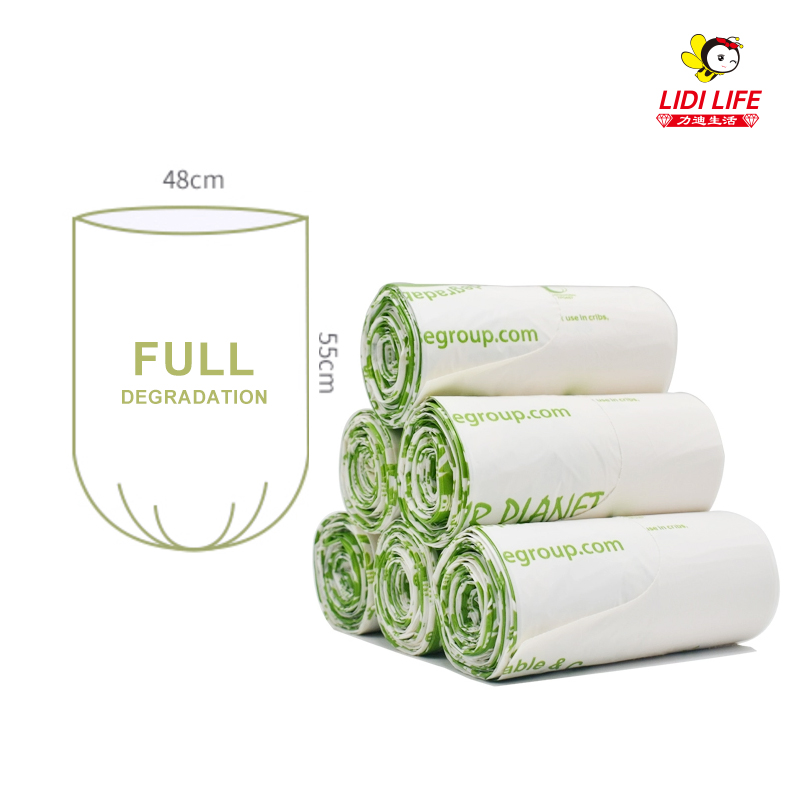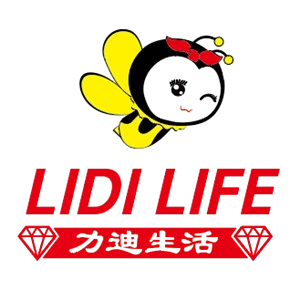1
Executive Summary
The $18B global trash bag industry is undergoing a material revolution, with paper garbage bags, compostable kitchen trash bags, biodegradable trash bags, reusable trash bags, and recycled plastic trash bags driving sustainable innovation. This roadmap details technological advancements, commercialization timelines, and cost projections through 2035.
2
Current Material Landscape (2025)
Market Share by Material
Material Type | Segment Dominance | Key Limitations |
Recycled plastic trash bags (rLDPE) | 38%market share | Max 30% recycled content |
Biodegradable trash bags (PBAT/PLA) | 22% | High cost ($3.80/kg) |
Compostable kitchen trash bags (PHA) | 15% | Limited industrial composting |
Paper garbage bags | 12% | Low wet strength |
Reusable trash bags (TPU) | 8% | Consumer adoption barriers |
3
Innovation Roadmap (2025-2035)
Phase 1: Hybrid Solutions (2025-2026)
Objective: Bridge conventional and sustainable materials
Recycled plastic trash bags:
Achieve 50% PCR content via advanced sorting (NIR + AI)
Add 15% bio-fillers (rice husk, algae) to reduce virgin plastic
Paper garbage bags:
Wax-alternative coatings (soy-protein based) for moisture resistance
Wet-strength additives: 2x durability at $0.03/bag premium
Commercialization:
Compostable kitchen trash bags with 6-month shelf life (2025)
Biodegradable trash bags meeting ASTM D6954 (landfill) standards
Phase 2: Advanced Biopolymers (2027-2030)
Breakthrough Materials:
Material | Innovation | Application |
Marine-degradable PHA | 90% degradation in <1 year | Compostable kitchen trash bags |
Cellulose nano-fiber (CNF) | 50% stronger than LDPE | Paper garbage bags |
Enzyme-triggered PBAT | Self-degrades at 40°C | Biodegradable trash bags |
Cost Reductions:
Reusable trash bags: Silicone-coated fabrics at $1.20/bag (50+ uses)
Recycled plastic trash bags: 70% PCR content via chemical recycling
Phase 3: Circular Systems (2031-2035)
Closed-Loop Models:
Edible coatings for paper garbage bags (zero-waste)
Blockchain-tracked reusable trash bags with deposit systems
Carbon-negative compostable kitchen trash bags from algal biomass
Performance Targets:
Metric | 2035 Goal |
Tensile strength | ≥30MPa (vs 20MPa LDPE) |
Degradation time | <180 days (marine/soil) |
Reuse cycles | 100+ (reusable trash bags) |
4
Key Technology Drivers
Nano-Enhanced Materials
Graphene-doped recycled plastic trash bags:
40% lighter with same strength
EMI shielding for smart waste tracking
Smart Degradation
Biodegradable trash bags with pH-sensitive triggers:
Degrade only in landfill conditions (pH >8)
12-month shelf life stability
Self-Cleaning Reusables
Photocatalytic reusable trash bags:
TiO₂ coating breaks down organic residues
UV-activated odor elimination
5
Regional Adoption Timelines
North America
2026: 30% mandate for compostable kitchen trash bags in California
2028: rLDPE recycled plastic trash bags reach cost parity
Europe
2025: EN13432-certified paper garbage bags required in EU
2030: Ban on non-reusable trash bags for municipalities
Asia-Pacific
2027: Starch-based biodegradable trash bags dominate 45% market
2032: India mandates 100% reusable trash bags for wet waste
6
Cost Projections
Material Price Forecast ($/kg)
Year | Virgin LDPE | rLDPE | PLA/PBAT | PHA |
2024 | $1.40 | $1.60 | $3.80 | $5.20 |
2028 | $1.70 | $1.45 | $2.90 | $3.80 |
2035 | $2.10 | $1.20 | $1.95 | $2.40 |
Key Insight: Biodegradable trash bags to undercut virgin plastic by 2033.
7
Sustainability Impact
Carbon Footprint Comparison
Bag Type | kg CO₂eq/kg (2024) | 2030 Projection |
LDPE | 3.2 | 3.5 |
Recycled plastic trash bags | 2.1 | 1.4 |
Compostable kitchen trash bags | 1.8 | 0.7 |
Paper garbage bags | 1.2 | -0.3 (carbon sequestering) |
Waste Diversion Potential
Reusable trash bags: Eliminate 300 single-use bags/year per household
Paper garbage bags: 100% home-compostable by 2027
8
Competitive Landscape
Patent Analysis (2020-2024)
Biodegradable formulations: 1,200+ new patents (63% CAGR)
Reusable designs: 450 patents (focus on TPU/silicone hybrids)
Market Leaders
Specialty | 2025 Investment |
Recycled plastic trash bags | $200M rLDPE capacity |
Compostable kitchen trash bags | PHA fermentation plants |
Paper garbage bags | Nano-coating R&D |
9
Consumer Adoption Strategies
Behavioral Economics
Price anchoring: Bundle reusable trash bags with municipal waste bins
Gamification: App rewards for using biodegradable trash bags
Policy Levers
Deposit schemes: $0.50 rebate for returning compostable kitchen trash bags
Virgin plastic taxes: $0.10/kg surcharge funding paper garbage bags R&D
Conclusion
The transition from conventional recycled plastic trash bags to paper garbage bags, compostable kitchen trash bags, and reusable trash bags will accelerate through 2035, driven by material breakthroughs and circular economy policies. Biodegradable trash bags will dominate the mid-term market until reusable systems mature.


